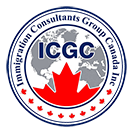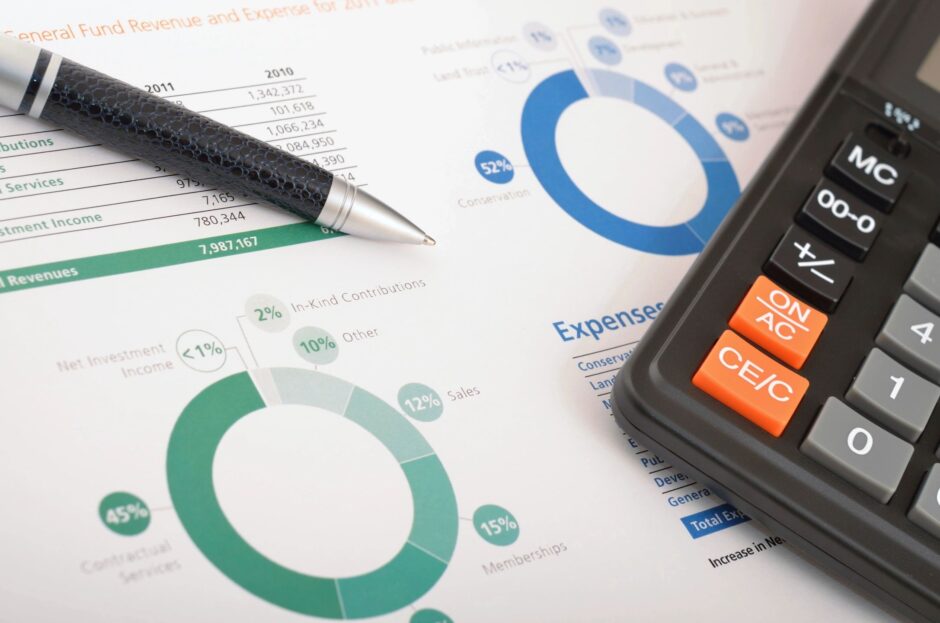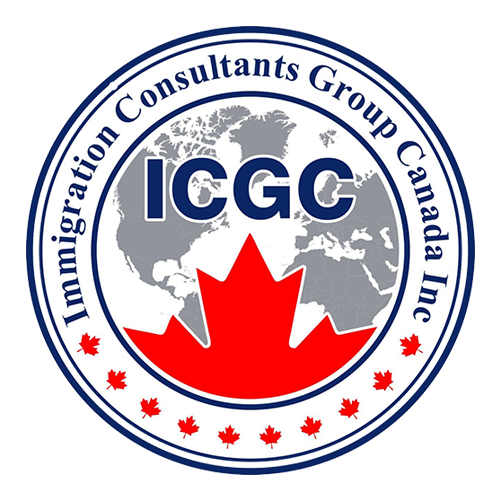Canada Doing Better than Most in the Challenging Post-Pandemic Economy
This week Statistics Canada reported on the Consumer Price Index (CPI). The CPI comprises hundreds of goods and services that people buy – everything from eggs and electricity to car rentals and cannabis. The government tracks the prices of all those items, then generates a final number. Generally speaking, when people refer to the inflation rate, they’re talking about the 12-month change CPI. The CPI rose 6.3 per cent in December from a year earlier, but significantly, slowing from the 6.8-per-cent pace in November. The pace of inflation overall continues to ease, pulling back from the peak seen last summer.
The Bank of Canada, which aggressively lifted its benchmark policy rate in 2022 to its highest in almost 15 years, has forecast inflation will decline to roughly 3% late this year and return to its 2% target by the end of 2024. A little inflation is normal for the economy in most years, but 2022’s price pressures were well above the Bank of Canada’s mandated two per cent target for inflation.
When economists set out their forecasts for inflation in 2022, no one could have foreseen impacts such as Russia’s invasion of Ukraine, which launched in February and disrupted critical supply chains for commodities such as oil and wheat throughout much of the past year. Economists seem to have underestimated some inflation pressures such as the demand for services like travel and dining out when economies reopened from COVID-19 lockdowns. Ongoing effects from the pandemic, meanwhile, such as shortages of labour and of critical inputs such as semiconductors, continued driving up the costs of international goods like vehicles, and are also resulting in very tight labour markets.
The Bank of Canada has no control over the external factors that are the drivers of inflation. The tool central banks have are interest rates, and if Canada’s central bank would have raised interest rates too much and too fast, it would have done great damage to the economy.
At the most recent summit of the top economies of the world (G20) in Indonesia, Canada fared well in comparison to many. While inflation in Canada is easing, it remains stubbornly high across many G20 nations and is yet to fall to pre-pandemic levels. So far, Argentina tops G20 economies with a staggering inflation rate of 88 per cent in October, surpassing Turkey’s at 84 per cent. Amongst the advanced G20 economies, the U.K. faces the second-highest inflation of 11.1 per cent, after Italy recorded 12.8 per cent in October 2022.
The International Monetary Fund (IMF) pointed out that the ongoing war in Ukraine has not only led to a humanitarian crisis but has also damaged the labour market recoveries in several emerging markets of Indonesia and South Africa. Associated sanctions have further contributed to supply disruptions, rising food insecurity, and energy concerns, especially across Europe.
The IMF has downgraded overall growth for advanced G20 nations, from 2.1 per cent this year to 0.9 per cent in 2023. In comparison, data showed that emerging G20 economies were expected to display relatively more resilience with growth projected to be 3.8 per cent in 2023 from 3.7 per cent in 2022.
With the notable exceptions of China and Japan, central banks across all G20 economies aggressively increased interest rates. Some emerging market economies of Argentina, Brazil, and Mexico tightened their monetary policies earlier than G20 advanced economies.
By all objective measures, Canada and Canadians have managed this global situation better than most.


